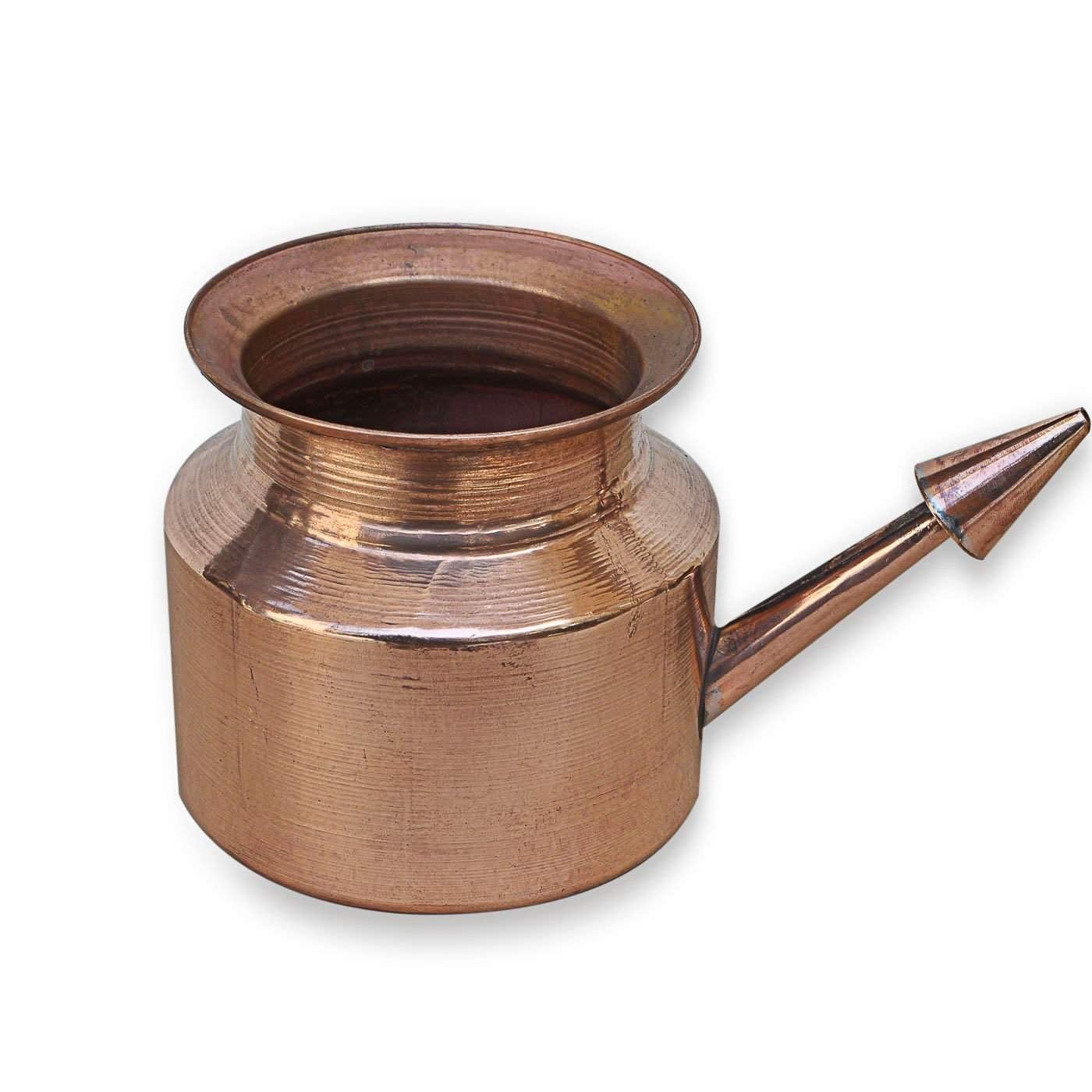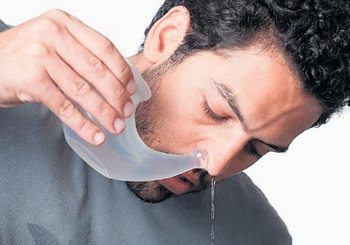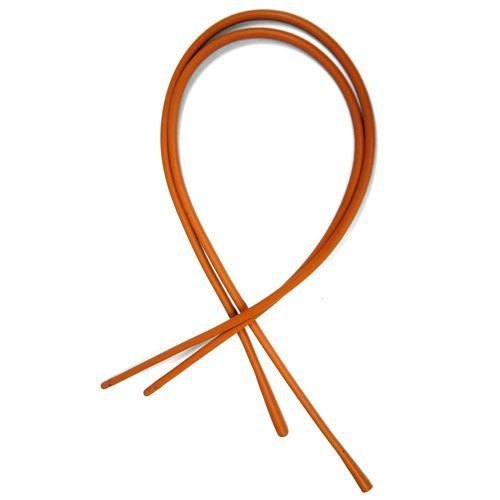The Kriyas are techniques used for cleansing and purifying the body and mind. These kriyas are also known as Shat Karmas.
The Yogic Kriyas are helpful in cleansing the various internal organs of the body. These are explained below:
Kapalbhati
The word Kapalbhati is derived from two words kapal and bhati which shull and shinning respectively. This Kriya mainly
works for the organs under the shull mainly the brain.
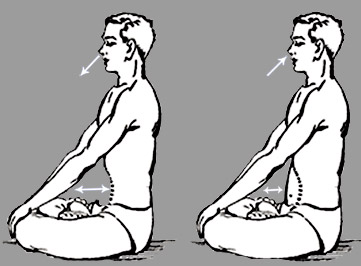
Method - The process of Kapalbhati is related to breathing. It should be started from sitting in Padmasan. The stomach muscle
should be moved freely. This Process is limited to Pooraka and Rechaka performed in a typical manner.
Rechaka is most important in Kapalbhati. While performing Rechaka the air is pushed out with the help of violent movement of
the abdominal muscles and diaphragm. After this Pooraka is done by inhaling air. Kapalbhati comprise of a strong Rechaka,
natural Pooraka and again strong Rechaka and natural Pooraka. It prevents illness and allergies.
Basti/Vasti
Basti and Vasti is performed by two following techniques:
- Basti(Jala-Basti)
This technique is practiced with or without a bamboo tube. But it is preferred to use a bamboo-tube. The person is advised to
sit in tub containing water. The level of the water should be at the level of naval. Attain Utkatasana posture by resting the body
on the forepart of feet, the heels pressing against the posterious. A small bamboo tube is inserted into lubricated anus about
2-3 inches. Then contract the anus outside. Draw the water into the bowels slowly. Shake well the water within the bowels and
then expel the water outside.
- Sthula-Basti
After sitting in Paschimottanasana, churn the abdominal and intestinal portions slowly with a downward motion. Contract
the sphincter muscles. This removes constipation and all the abdominal disorders.
It helps in curing urinary and digestive disorder.
Vaman-Dhauti
This is the easiest type of dhauti. This facilitates washing of entire digestive path. In one liter lukewarm water one tablespoonful
of salt is added. Drink all of it, as quickly as possible. It is imperative to drink salty water fast rather than sipping.
After this person will start feeling of vomiting. The body is leaned forward and the middle and index finger is inserted in the
throat. This will induce vomiting. Keep reticulating your uvula and vomiting until all the water is got out of your stomach.
Dhautis prevent constipation, gastritis and dyspepsiaa. They also improve kidney functioning.
Jal-Neti
A special "Neti Pot" is filled with warm water. A pinch of salt is added to the water. The spout of the pot is inserted into one of the
nostril. The position of the head and pot are adjusted so that the water flows out from other nostril.
While it is of natural interest to yoga practitioner, this technique is especially suited to the 'common' man for its remarkable
effects on treating sinus infections, allergies, headaches and even stress. Neti can prevent allergies, common colds and
even asthma.
Sutra-Neti
A soft and smooth sutra is inserted into the left nostril till it reaches throat. After this with the help of two fingers the sutra is
pulled out of the mouth keeping other end out of the nostril. Slowly and gently the thread is pulled backward and forward
for thirty to fifty times. After this the same process is done for other nostril.
It reduces emotional tension and reduces anxiety, depressions, epilepsy and hysteria.
Trataka
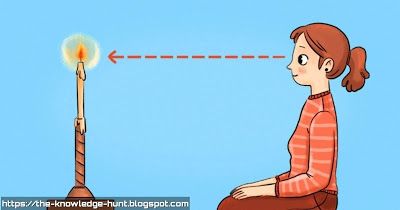
Trataka can be performed with or without any object. However it is most ofter performed by placing a candle about three feet
in front. Gazing steadily without blinking at the candle flame for 20 minutes is done. This practice activates the tear glands
and purifies the vision.

